Hospitals
Hospitals are spaces with large areas and, therefore, consume a large amount of energy to provide space cooling to all the occupants using HVAC. Common areas in hospitals require the majority of the cooling. Hospitals incur large operating costs by providing cooling. The hospital authorities are always looking to increase the energy efficiency of their cooling system to reduce the operating costs.
The radiant cooling system is one of the most energy-efficient ways to cool a space. They are capable of handling sensible heat load in a given space depending on the area.
By using Radiant Cooling systems
1. We generate chilled water at around 15 to 18 degrees compared to 5 to 8 degrees of conventional HVAC systems, thereby reducing the chiller size significantly.
2. The consumption of kW/tonne is low due to the increased efficiency of the chiller that allows operational costs to be saved by 30-50%.
3. The aesthetics of the space is improved by using Radiant systems.
4. The system is quiet and doesn’t cause vibrations.
5. Up to 80% reduction in the need for AHUs and ducts for the circulation of cold air.
6. The air quality of the space is improved as air is not recirculated as in the case of conventional HVACs.
7. The maintenance of radiant cooling systems is simple and cost-effective as minimal resources are used.
In Radiant cooling systems, water is used as a medium to cool rather than air. Water has 3500 times more heat carrying capacity than air. The maintenance of radiant cooling systems is simple and cost-effective as minimal resources are used.
The number of hospitals is growing each year and it is important to make the newer ones as energy-efficient as possible. This helps the hospital authorities to cut down operational costs and reduce GHG emissions as well. Radiant Cooling systems provide all of these.
